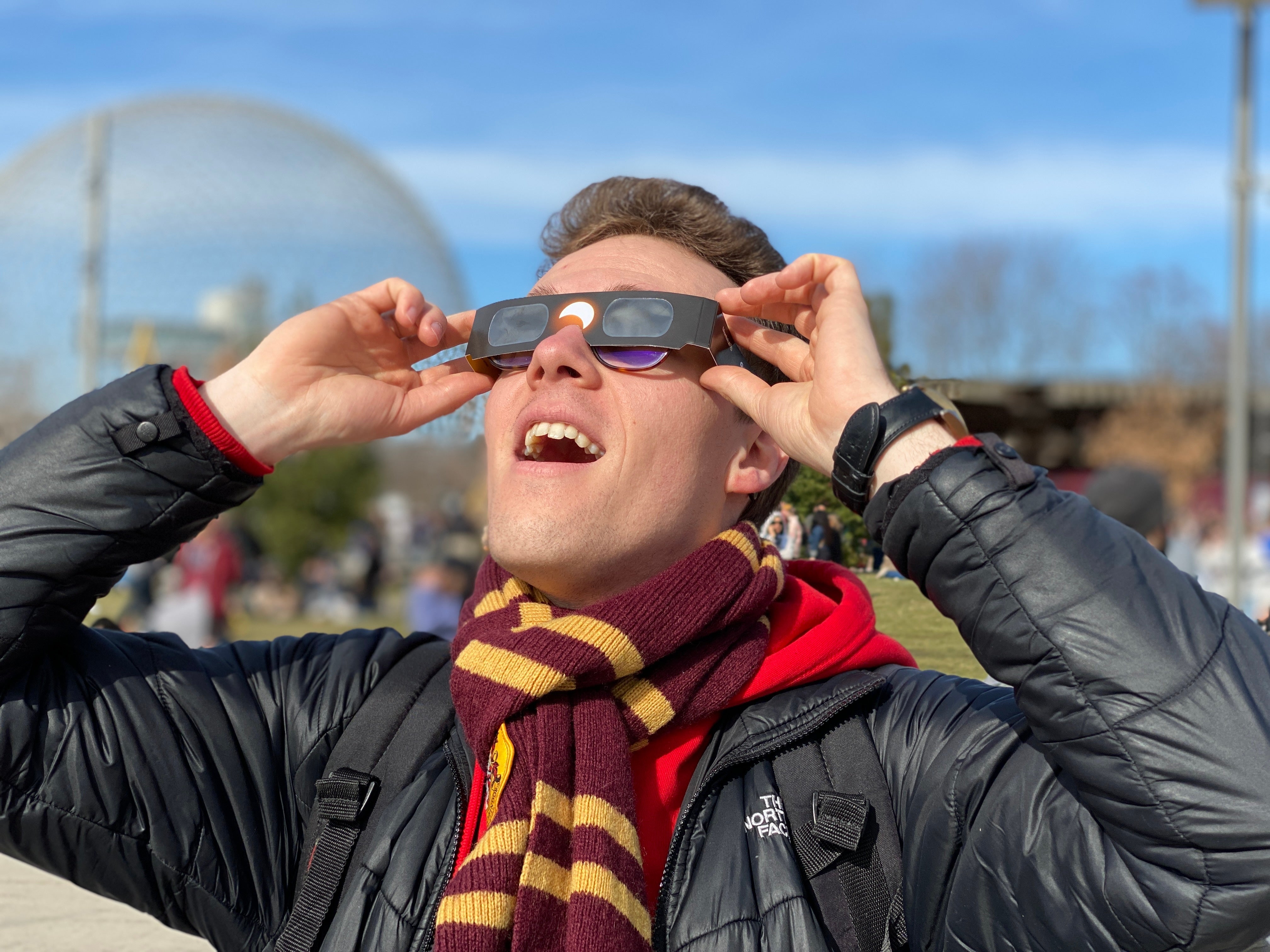“It’s the first total eclipse in Spain since 1905, and there won’t be another one in Iceland this century.”
So says Dr John Mason, describing the next occasion on which the moon will fully obscure the sun: 12 August 2026.
He told The Independent’s daily travel podcast: “We have a total eclipse that starts in the high Arctic, goes over the North Pole, down the east coast of Greenland, far northwest corner of Iceland, over the ocean, and then down to Spain and the Balearic Islands.”
Only a tiny proportion of the planet’s population has ever witnessed a total solar eclipse. The fact that the celestial phenomenon will sweep across northern Spain and reach the island of Mallorca at sunset is exciting for the millions who will be on holiday in the region during the peak summer month for travel.
But Dr Mason cautions: “This is one of the trickiest solar eclipses in terms of weather that I’ve seen for a long time.”

As many people who witnessed the last such event in the UK – Cornwall, 1999 – will remember, cloud cover takes away the magic of a total solar eclipse.
The Sussex astronomer has been chasing the darkness for almost four decades. His expertise enables him to select the optimum location to view each eclipse – and to rule out long stretches of the “path of totality”.
Dr Mason says: “In the high Arctic, Greenland and Iceland, cloud cover is at least 80 per cent and, in many places, over 90 per cent.” The latter represents less than a one-in-10 chance of witnessing the eclipse without overcast skies.
The figure improves “up on the high frozen ice cap in the middle of Greenland”. He rates the chance of clear skies as 60 per cent, “which is not bad”.
The other Greenland option is the middle of Scoresby Sound on the east coast – one of the world’s largest fjords.
“You could get between 45 and 50 per cent clear, which would be quite good for that area. But as soon as you get to the ocean, then the cloud cover becomes 80, 90 per cent or more.”
“Even in the far northwest of Iceland, where the prospects are just a little bit better, it’s still not great. Inland in Iceland, the prospects are…
Click Here to Read the Full Original Article at The Independent Travel…
